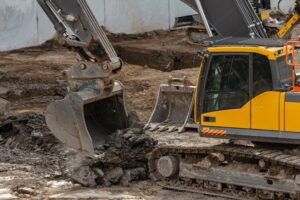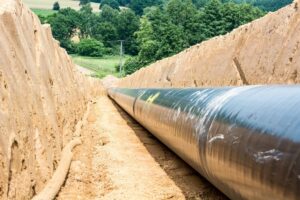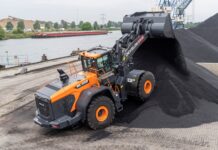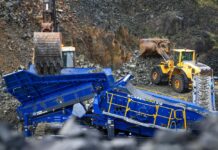The number of times construction workers and developers were found to be working too close to high-pressure oil, gas, and chemical pipes without the owner’s permission increased by 57 percent in 2022.
Of the 316 incidents in 2022 reported to Linewatch, the leading pipeline safety and awareness group, 127 (40 percent) were caused by contractors and developers.

An infringement can range from someone working near an oil, gas or chemical pipeline without the proper permissions or the owner’s awareness, through to them actually striking or damaging a pipe.
Linewatch’s annual Infringement Report states that close to half (45 percent) of infringements occurred even though the person responsible for the incident was already aware of the pipeline’s existence. This is a 15 percent increase on 2021 and highlights a distinct casualness, in some quarters, about the dangers of working near pipelines.

In terms of severity, of all incidents recorded, eight were deemed as ‘high’ category. This refers to works that had the potential to cause serious damage or harm. This is a decrease on the previous year.
‘Low’ risk incidents increased by 44 percent in 2022, the most of any category. ‘Low’ risk refers to works within an easement or wayleave that had no potential for damage. Whilst this sounds like minimal risk, it is still a worrying sign because the infringements could have been much worse had they been in closer proximity to the pipeline.
When it comes to the timings of these infringements, the first and third quarters recorded peak activity, which correlates with increased seasonal work such as fencing and excavation.

As well as producing the Infringement Report, and promoting the awareness of safe digging, Linewatch advises those involved in digging works across the UK. During 2022, Linewatch delivered 113 free Safety Awareness Briefings to organisations around the UK to over 1,700 people. Among those who took part include Kier, Balfour Beatty Vinci, HS2 and Laing O’Rourke.
It produced several new educational videos to highlight best practice when planning and undertaking works around pipelines alongside an eLearning module created in collaboration with LSBUD, titled ‘An introduction to Safe Digging’.
To download the full 2022 Infringement Report, please visit the Linewatch website.
















